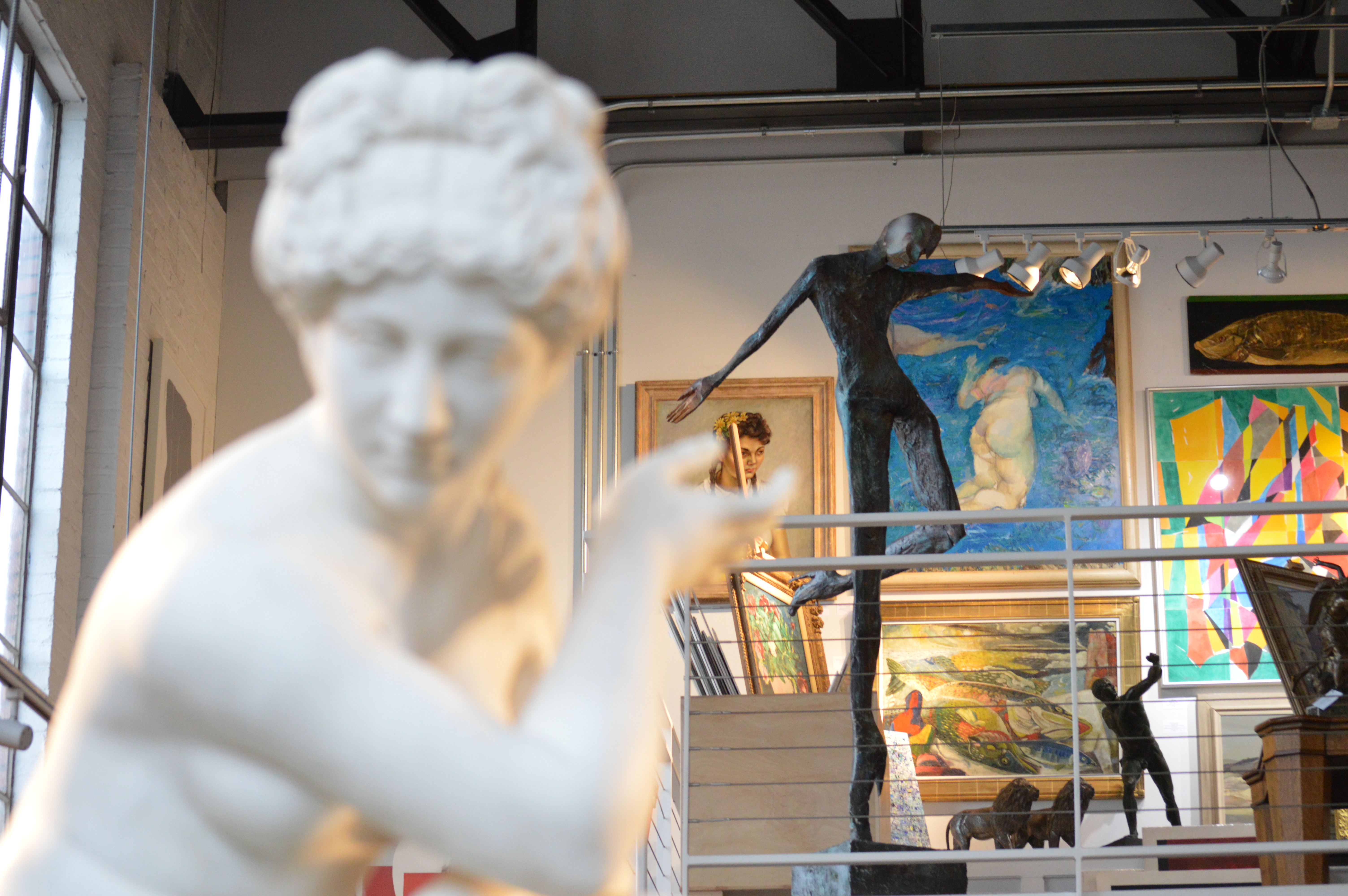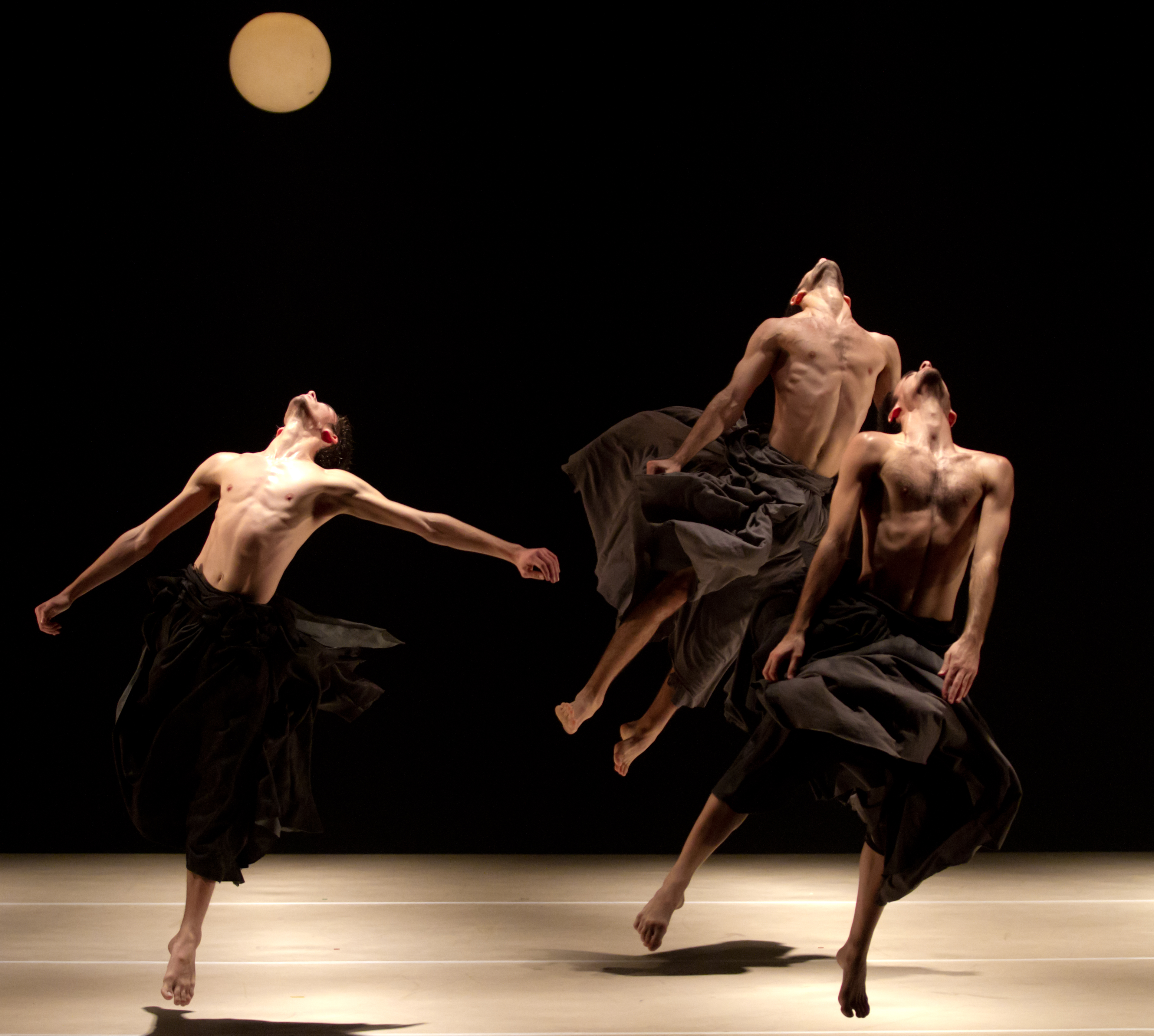Northeast Ohio’s market for art is rising; for those who haven’t yet navigated the challenging but rewarding landscape, now is the time to buy in
Story and photo by Michael C. Butz
High-quality art has become increasingly popular in Greater Cleveland. Art lovers swarm 78th Street Studios every third Friday, art walks in Tremont and Waterloo clog the streets, and even the artists themselves are justified in congratulations, both self and to each other.
But do the traffic and art’s newfound popularity translate to sales? It’s one thing to create art, and there’s no shortage of that in the region. It’s another to market it, and that’s gotten easier, with new galleries popping up and increased arts coverage in weekly newspapers and magazines like this one.
But there’s a bottom line to art, too, because after the artist creates – the painting’s ready to hang, the sculpture screams for a living room to call home – he or she has to sell it. Art is an expression. It’s a profession. It’s also a business.
With the quality of the art escalating and the outlets proliferating, the Cleveland art scene seems to be thriving, even booming. Artists are eager to sell their work. Are Northeast Ohioans buying?
Anecdotally, at least, the answer seems to be “yes,” according to two longtime keepers of Cleveland’s art scene.
“I’m going to say more people are buying local art just from the sense I get from artists,” says Joan Perch, exhibition coordinator at the Stocker Arts Center at Lorain County Community College. She also once owned a commercial gallery, ArtMetro, in downtown Cleveland, and founded the RED DOT Project, a nonprofit that sells and markets the art of its artist members.
“A lot of artists I knew and represented are doing well with selling their work,” Perch says.
Dan Bush, owner and developer of 78th Street Studios, a veritable beehive of creativity in Cleveland’s Detroit-Shoreway neighborhood, sees the same trend.
Bush – with encouragement from Bill Scheele of Kokoon Gallery, who said to him several years ago, “This place is boring, we need to have a party” – helped launch Third Fridays, a regularly recurring arts bazaar.
Third Fridays quickly grew from a quarterly event to a monthly event, and in terms of participation, 78th Street Studios has seen it grow from “a couple of hundred” people visiting 30 to 40 businesses to “between roughly 1,500 and 2,000 people” visiting the building’s more than 60 businesses.
“I’m constantly astounded by two things,” Bush says. “One is that people keep coming, which is great. … The second thing is that people are buying art in Cleveland, Ohio. It’s beyond good – it’s astounding. And being someone who enjoys that, I certainly enjoy the fact that there are other people like me out there.”
But are there ever really enough art sales? Certainly not, and accordingly, both Perch and Bush see room for growth – if not necessarily in terms of quantity of pieces purchased, then in terms of the volume of buyers – and have advice for those who haven’t yet made the leap from art socializer to art shopper.
“It’s OK to take a while, it’s not like walking into a grocery store,” says Perch of the virgin art buyer.
Perch, whose background includes arts education and nurturing new art-buying clients, suggests newcomers engage in a process they’re likely already good at: making acquaintances.
“It’s all about relationship-building. It’s about personal relationships and trusting the artist and the dealer,” she says. “In the galleries at Lorain County Community College, I often talk to anyone coming in. You really need to start a conversation and a dialogue. That’s where art is – the art is telling you something.”
That dialogue – that exchange of thoughts and emotions – can continue for years as the art hangs on the buyer’s walls for years. What develops following a purchase is a symbiotic relationship between art and buyer, as well as artist and buyer.
“Those pieces of art remind you of the people you know and the things you’ve learned about them and learned about their art,” Perch says. “If you purchase something that’s made by hand, and you get to know (the artist), and you’re helping someone making a living in a creative endeavor, there’s a sense of accomplishment.
“When buying a piece of jewelry or ceramics, a small print, a painting, you’re not only supporting the artist, you’re supporting the gallery,” she adds. “It’s important to support those galleries, too.”
Of course, when supporting artists and galleries, one’s financial ability to do so comes into play. After all, art isn’t functional – not in the same way furniture or a home appliance is. As a result, some struggle with justifying a potential art purchase.
“It really just goes back to the fact it’s art, you can’t eat it,” Bush quips. “Technically, you could heat your house with it if you had to, but people don’t have to enjoy it and they don’t have to engage in it, and I’m just thrilled that they do – and that I get to be a part of it.”
Set a budget but be prepared to exceed it, if only slightly. In Northeast Ohio, many galleries and events offer works at a wide range of price points.
“Not everyone is going to be buying a $3,500 or $35,000 painting, but we’ve got anything from those price points down to a $35 pair of earrings – and everybody can walk away with a piece of art in their hands,” Bush says of Third Fridays. “It’s a good experience for everybody.”
And while “you can’t eat art,” there’s a monetarily unquantifiable value to it.
“Don’t be afraid to get in where you’re comfortable, and look for a price point at which you’re willing to get in,” Perch says. “Once you have some successful acquisitions, you’re ready to build on it. A lot of times, clients like to start with something smaller.”
Starting small helps some overcome what might be considered an intimidating process, from figuring out what you like to knowing the tricks of the trade. Unless you’ve been raised in a family that buys art, you might not know where to start. Is there a right or wrong way to buy art?
“If you like something, there’s not a wrong approach,” Bush says. “I actually have sold art here; I’ve just talked to people. It’s not my business, by any means, but it’s certainly exciting to see somebody walk away with something you can tell they really enjoy. I have a handful of friends I’ve gotten involved with and it’s really fun to see how engaged they are in collecting and learning about the artists they enjoy.”
Some consider buying art risky, and in a sense, it is – but so is making art. Artists take risks, as do those who buy their work. But with risks come rewards.
“I was just talking to some art students about doing something different. We’re working with different technology that artists can use, and they’re a little uncomfortable. And I told them to step out of their comfort zone; that’s what artists do,” Perch says. “People need to trust themselves a little more. Just trust yourself. People can get to know a whole lot more than they think they can.”
“I enjoy seeing people buying art, not purely for selfish reasons,” says Bush, who’s been collecting for 30 years and focuses on Cleveland School art. “I know how much I enjoy it and how it makes me feel, and I want to share that with people. I know a lot of people who have that same itch. So it does my heart good when I see somebody pulling the trigger on something.”
From first-time buyers to “loyal customers” eagerly awaiting new work from artists they’ve long targeted, Northeast Ohio’s art scene is gaining traction.
“Cleveland is a very solid hometown town, and yes, people do support their friends, and they do support their artists and they do support the scene,” Bush says. “There is a really solid art scene in Cleveland right now. It’s not bringing top dollar, it’s not bringing New York or LA figures. I would venture to say, however, that it should be.” CV
Lead image: Some observers indicate more red dots like this one, which indicate a piece of art has been sold, are popping up around Northeast Ohio.











